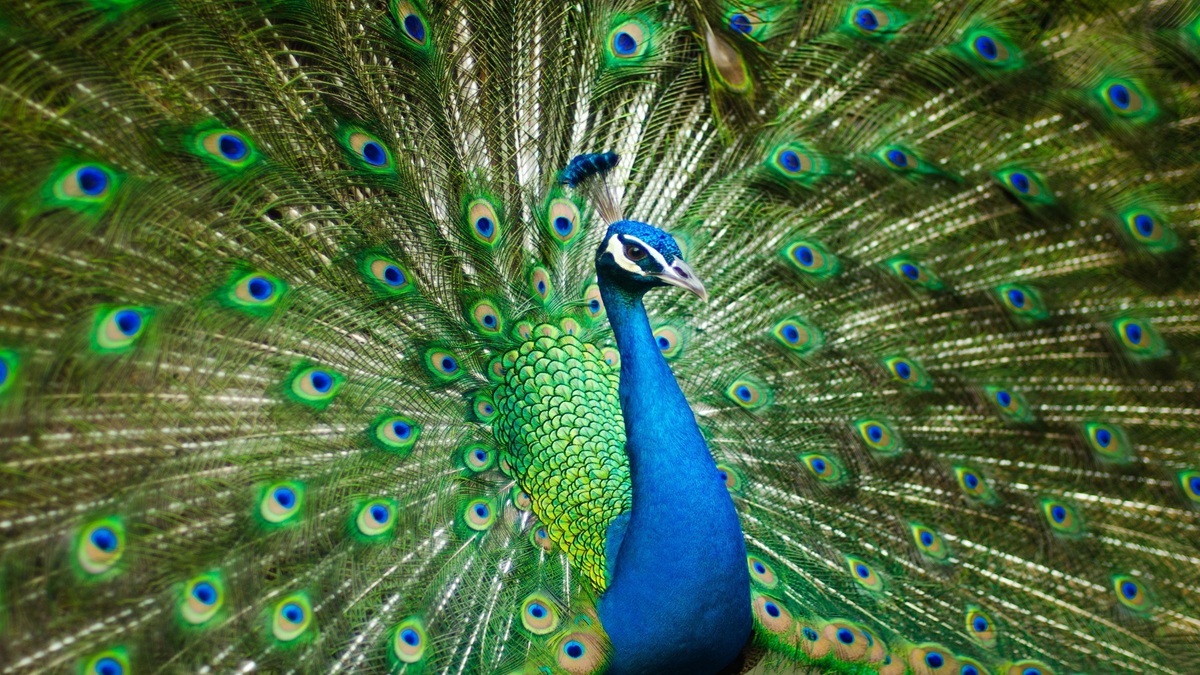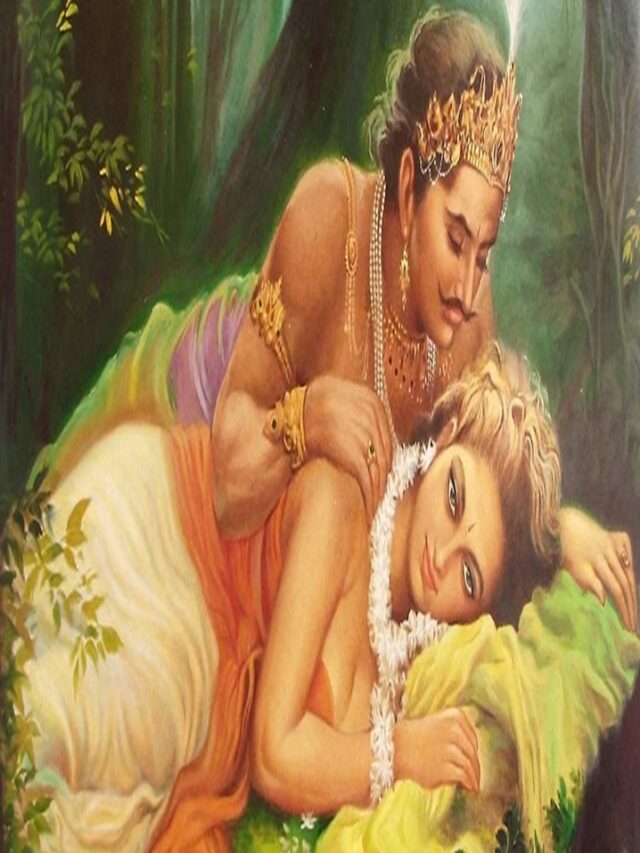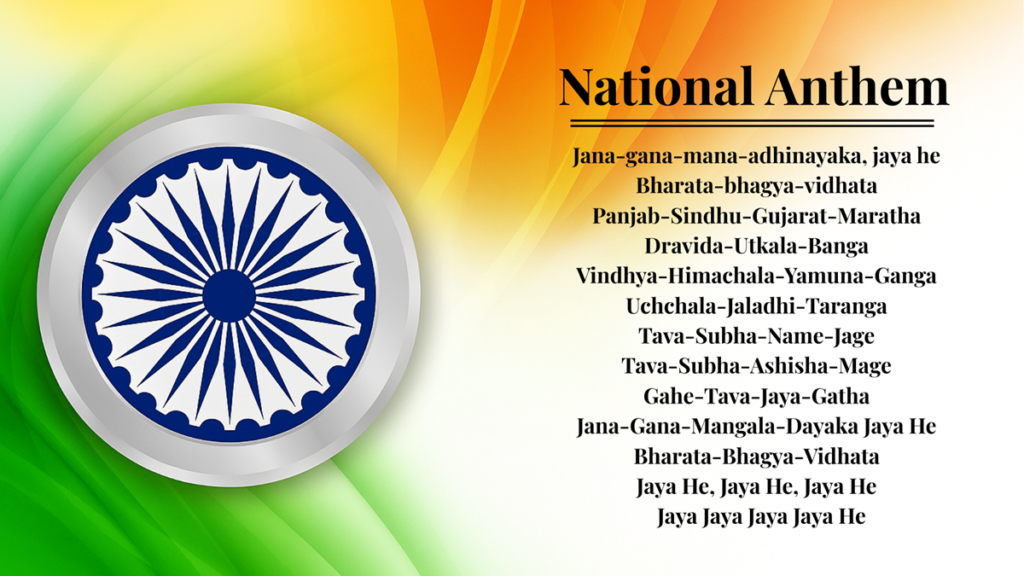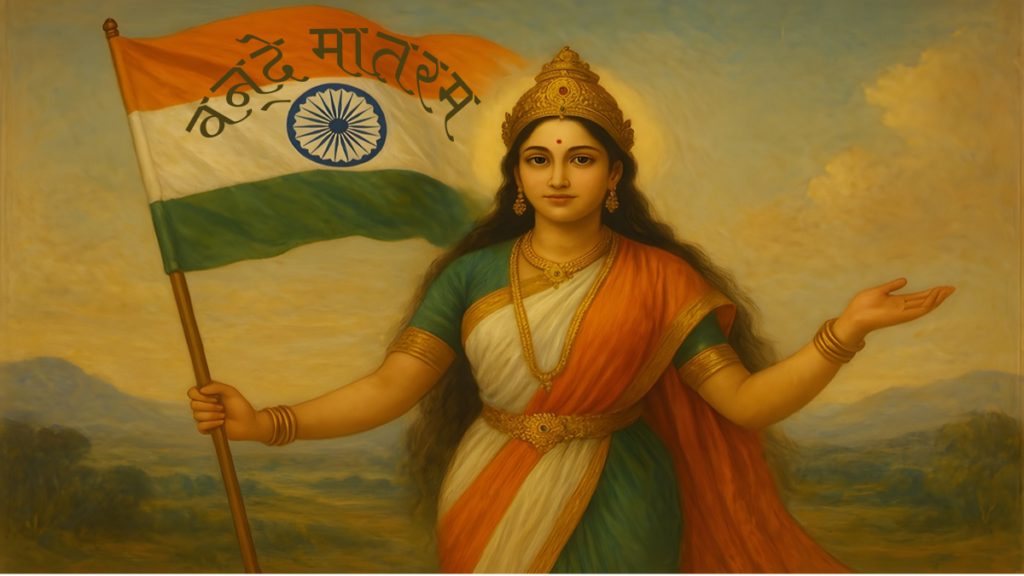Table of Content
Contents
Imagine the flash of iridescent blue and green, an array of eyespots unfurling like a royal standard, and the air filled with an ancient, explosive call that seems to belong to another plane of existence above ours. That display—the courtship of a peacock—is one of the greatest spectacles of nature available to us today. Celebrated over centuries of art, religion, and folklore, the Indian peacock (Pavo cristatus) is more than an astonishing bird: it is a living symbol of India’s aesthetic spirit. This article will reflect upon why the peacock was selected as the national bird of India, patterns of its biology that promote its unique beauty, its natural history and ecology, and the implications of its conservation.
Quick facts
Common name: Indian Peacock (male), Peahen (female)
Scientific name: Pavo cristatus
Family: Phasianidae (pheasants and allies)
Declared India’s national bird: 1963
Habitat: Open forests, agricultural land, scrubland, and areas near human settlements across much of the Indian subcontinent
Diet: Omnivore — seeds, grains, insects, small reptiles, amphibians, and plant parts
Lifespan: In the wild, peacocks live about 15–20 years; in captivity, they may live up to 25.
Voice: Peacocks are loud birds, their call resembling “may-aaw,” often heard before rainfall.
IUCN conservation status: Least Concern (but locally threatened in places)
Notable behavior: Elaborate courtship display (train/“fan”), loud, far-carrying calls, adaptable to human-altered landscapes
Why the peacock was chosen as India’s national bird?
In 1963, the Government of India proclaimed the Indian Peacock or Indian Peafowl the National Bird of India. They came to this decision by the deliberation of a committee under the Ministry of Agriculture that considered a number of species before making a selection. The selected bird (peacock) had to pass several important criteria: widely distributed throughout India; uniquely recognisable; culturally meaningful; representative of ‘India’.
The Indian peacock was collectively chosen as the National Bird of India, since it represents beauty and grace, and has immense significance in India’s art, religion, and folklore, and therefore correspondence to the Indian ethos. By its nature, it is human and ubiquitous across almost every state, from the green forests of the Western Ghats in Kerala to the driest plains of Rajasthan, representing the concept of unity in diversity.
Prior to the ultimate selection, there were considerations of other birds such as the Great Indian Bustard, Sarus Crane, and Himalayan Monal. The peacock’s universal recognition, its majestic presence, and attention in cultural thought were compelling; and therefore, it was given the title of worthy victor.
Physical features: a masterclass in natural design
The male peacock is one of the most stunning birds in the world. Its body feathers are a vibrant metallic blue, and the long train — actually elongated upper-tail covert feathers — can exceed a meter in length and is adorned with large and visible eye spots (or ocelli). The reason the colors are so encased in brightness is due to structural coloration: tiny structures of the feather barbules scatter and reflect light in a way more, producing iridescent blues, greens, and bronzes than pigments.

Peahens are much less flamboyant, having mottled brown and grey plumage that affords them a camouflage opportunity while nesting and caring for chicks. The sexual dimorphism – the differences in appearance specific to males and females – relates to reproductive strategies: the male displays and advertises, the female selects and sits on the nest.
Other notable physical traits:
- A small crest of feathers on the head.
- Strong legs adapted for quick running and short bursts of flight.
- A loud, distinctive call that carries across several hundred meters, especially during breeding season.
Behavior and the famous mating dance
Beyond its cultural importance, the peacock is also an important part of India’s ecosystems. As an omnivore, it consumes seeds, grains, fruits, insects, reptiles, and even smaller snakes. Therefore, if you see them in agricultural areas, peacocks are helping to regulate pest populations, which benefits the farmers in the area indirectly.
The courtship behavior of the peacock is one of the most spectacular spectacles in nature. During the mating season, typically from April to September, the male will elevate its train in a spectacular fan shape and proceed to shake it back and forth while moving around the female. The “eyes” of the train shimmer back and forth, representing energy and genetic health. The peahen chooses a mate, based on the symmetry and voluminous characteristics of the display.

The nesting site is typically on the ground and hidden, where the female usually lays 4–8 eggs. The offspring are precocial, as they are capable of walking and feeding themselves within hours of hatching. Peafowl are diurnal, roosting during the night in trees to protect themselves from predators such as jackals, leopards, and feral dogs.
Their sharp, piercing calls — heard often just prior to rain — make them natural weather prophets, recognized in Indian folk tradition. The phrase “mor naache, badal aaye” (the peacock dances when clouds arrive) has been repeated through centuries of Indian poetry.
Habitat and distribution
The Indian peafowl is an adaptable species. It was originally found in the Indian subcontinent, and is now widespread throughout India, in Sri Lanka, and parts of Pakistan and Nepal. It inhabits a variety of habitats, including dry and moist deciduous forests, scrub, agricultural lands, and even the scrub along urban areas and gardens. Their ability to tolerate areas of human habitation has likely helped them maintain their wide-ranging distribution in many places.
Beyond India, the closest relatives of peafowl are found in parts of South Asia and Southeast Asia. Within India, peacocks are commonly seen from the scrublands of Rajasthan to Kerala’s moist forests and are fairly common residents of most protected areas as well as rural landscapes.
Cultural and religious significance
The peacock is heavily embedded in the fabric of Indian thought and spirituality. In Hindu iconography, the bird is associated closely with different deities: it’s the vahana, or vehicle, of both Kartikeya (also known as Skanda, the god of war), and it’s connected with Saraswati, the goddess of knowledge and the arts. Devotional art and poetry overwhelmingly saturate concepts of Krishna dancing with peacocks or wearing peacock feathers in his crown. The vivid “eyes” in the train invite interpretations that range widely from watchfulness and omniscience to protection from evil.
Apart from being a religious symbol, the peacock has a prominent role in classical literature, folklore, and performing arts. Temple sculptures, miniature paintings, and textile designs reflect its shape; its feathers have been used both respectfully and ritually in ceremonies and as decorative elements. In Indian aesthetics, the peacock generally refers to beauty, grace, pride, and harmony between nature and the imagination.
The peacock became an emblem of imperial opulence during the Mughal era; probably the most famous example is the Peacock Throne of the emperor Shah Jahan, encrusted with gold and jewels, echoing the bird’s royal splendor.
Thus, across faiths and eras, the peacock stands as a bridge between heaven and earth, beauty and spirituality.
Conservation and protection
Peacocks are classified as Least Concern globally by the IUCN Red List, but at local levels, they face threats. Pressures on peacock populations include habitat loss as a result of agriculture and urbanization, poaching for feathers (in spite of cultural prohibitions), and road mortalities. In India, the peacock is protected under Schedule I of the Indian Wildlife (Protection) Act, 1972, which gives it the highest level of legal protection, similar to that of the tiger or elephant.
However, challenges persist:
- Habitat loss due to urbanization and deforestation.
- Poaching for feathers and meat, particularly in remote areas.
- Agricultural pesticides affect their food sources.
- Road accidents and electrocution near settlements.
Multiple states, such as Rajasthan, Madhya Pradesh, and Gujarat, have started avian conservation projects on their own. Sacred groves, temple premises, and palace gardens provide informal refuges in which peafowl are abundant, and in some places, local people worship them as divine messengers and protect them through cultural prohibitions against harming them.
Today’s conservation initiatives are focused on community involvement — educating residents and farmers about the ecological significance of peafowl. Eco-tourism programs in Rajasthan and Kerala encourage responsible wildlife viewing and transform admiration into awareness.
Surprising and interesting facts
- Can peacocks fly? Yes — primarily to roost in trees or escape danger — but they are not long-distance migratory fliers.
- The “eyes” on the feathers: The ocelli are illusions created by feather structure; when the train is vibrated, these spots seem to shimmer and “come alive.”
- Calls and weather folklore: In agricultural communities, peacock calls are often associated with approaching rain. While not scientifically reliable as a rain predictor, such associations underline the bird’s place in rural life.
- Role in ecosystems: Peafowl help control pests by eating insects and small animals, and their presence can indicate healthy, functioning habitats.
More Than Feathers
The Indian Peacock is much more than a show of feathers. It is a narrator — of seasons and monsoons, of temple bells and folk songs, of evolutionary intelligence, which transforms physics into colour. As the national bird of India, it stands as a symbol of the intersection of nature and culture; beauty and responsibility. When we protect the peacock, we protect a part of our history, aesthetics, and ecology. Let the peacock continue its dance — but in habitats protected by the law, residents that treasure them, and in a nation that sees its own dazzling wings in that of the bird.
Subscribe Our Youtube Channel : https://www.youtube.com/@BhartiSanskriti-BS









